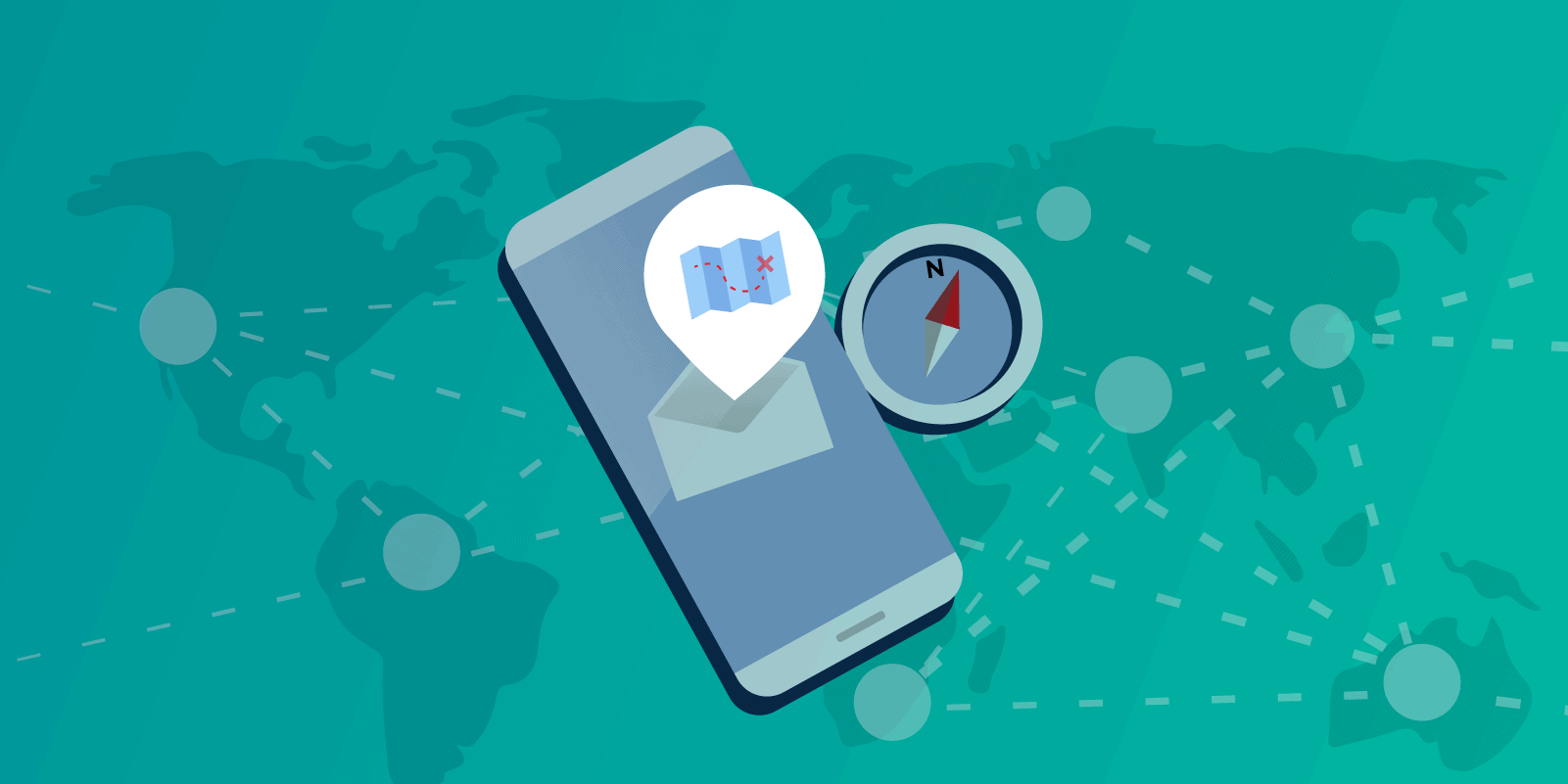Every marketer knows the ultimate goal is to reach the right customer, with the right offer, at the right time, and in the right context.
In theory, this makes perfect sense. In practice though, it’s not as easy to accomplish as we’d like. One major disconnect is the mobile experience. As more and more consumers start to view their mobile devices as a remote control for life, too many brands have been stuck on the sidelines, either underestimating the power of mobile or overestimating the potential intrusiveness of messages received via mobile. But customers actually appreciate targeted, useful messaging, regardless of device, and if what you’re offering is relevant, they’re often eager to opt-in. Marketers simply need to do their part by both ensuring they’re providing value, and also that they don’t overwhelm their customers with too much, too often.
Despite the hype around marketing via SMS, consumer preference is actually for brand interactions to happen via email, even on mobile. People view text messages as both highly personal and high-priority, primarily reserved for friends and family, but they welcome marketing offers via email on mobile. And that’s good news for marketers.
First, give your customers great reasons to opt in
Consumers aren’t as keen on sharing their data as they once were, and for good reason. Take location data, for instance. At the start of the decade, Foursquare, among others, provided infrastructure and incentives for users to check in at physical locations. The rewards were more about social capital, personal branding, and bragging rights and Foursquare quickly lost momentum with consumers as the risk of sharing their data began to outweigh the benefit.
Foursquare has found new success, however, by shifting their business model toward providing location services and location-based intelligence to businesses, collecting (excuse my language) a crap-ton of data along the way.
Even if your company doesn’t use Foursquare or a similar service, marketers still have access to vast amounts of customer location data. But these days, enticing your users to check in isn’t the only way to collect that data.
But when a customer does check in, their incentive is more about convenience and cost savings. More than a million people, for example, have checked in via Marriott’s mobile app because it offers guests the convenience of being able to register, and even open the door to their room, via their mobile phones. Apps from JetBlue, Southwest, and many other airlines let travellers check in to flights, review (and sometimes change) their seat assignments, or pre-order an in-flight meal.
For retailers, check-in incentives tend to be primarily financial. Target’s Cartwheel app garnered more than 25 million users by helping shoppers save anywhere from 5-50% off products, without paper coupons. This year, the retailer rolled Cartwheel functionality into the main Target app, increasing engagement even further by doing a better job of surfacing more personalized recommendations.
Even if your company doesn’t offer a proprietary mobile app, similar incentives can be offered, while collecting location and opt-ins, through social media, your website, and even through your transactional emails.
Then, send relevant offers
Once a customer has shared their location data with a marketer, there is an opportunity to combine that information with other data to craft highly-targeted offers. For instance, when combined with online browsing data and purchase history, location data allows you to provide ‘in-stock at this store’’ information with product recommendations.
Marketers can also use location data to update dynamic email content ‘on open‘, to customize offers and make them specific to that location, i.e. stores, restaurants, cafes, or hotels near you. HotelTonight, the hotel room booking app, has done this to great effect.
Knowing where your customer is when they open your email, and using that information to customize your message, can give your email content a specificity that customers experience as useful, relevant, and extremely personal.
A mutually beneficial relationship
Customers are no longer passive recipients of marketing messages — they now expect value and personalized experiences in return for offering data. It makes sense that if a customer is willing to provide their location data that they should get something in return, whether that’s an easier way to interact directly with your brand, a discount, or personally relevant content.
The common denominator is the customer experience, and more and more of those experiences are happening on mobile devices. By being mobile-aware, marketers can provide exceptional experiences that encourage both data sharing and opt-in. And the smart use of that data will keep customers coming back for more — and checking in when they do.
An edited version of this article originally appeared on Business2Community.
